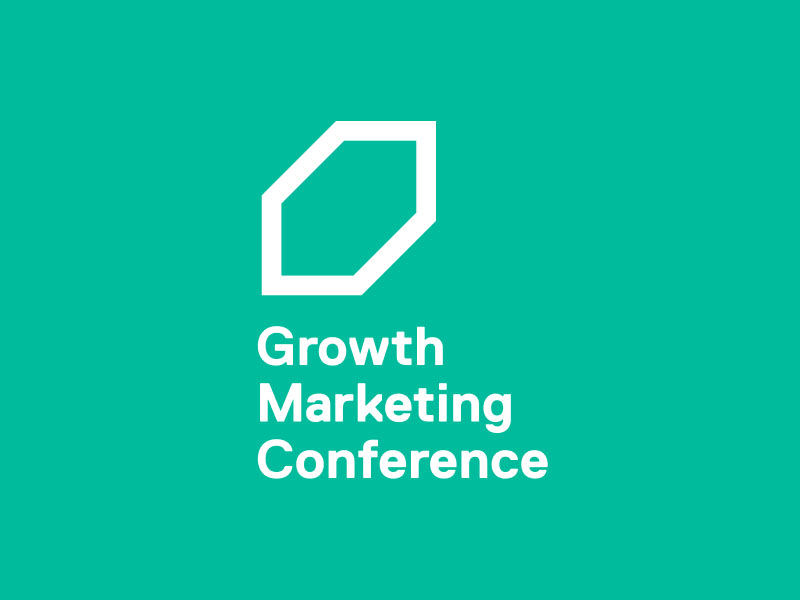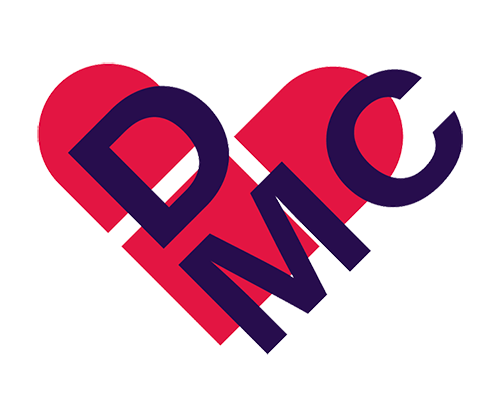In 2020, knowledge is power and data is king.
I know exactly what my clients pay, so it’s only fair that my clients know what they’re getting from us. At SourceCode, it’s standard practice to show clients precisely where our efforts paid off and their subsequent ROI. Clients learn where their people and their products have appeared, and how each portion of every campaign worked out.
If you’re making it to the C-suite now, it’s because you focus on numbers and analytics, not because you’re a creative quick with ideas for the whiteboard. A splashy ad that wins a design award is great to have in theory, but if it doesn’t put eyes on your organization and money in your wallet, what’s it really worth?
I’m not alone in thinking this way. These days, you can hardly spend a minute in business circles without hearing about new growth marketing and performance marketing initiatives.
Both types of marketing operate on the same principle: Data over guesses and practice over theory. For example, modern PR uses tools like CrowdTangle to measure Facebook and Instagram engagement and to quantify viewer sentiment. It uses Google Reach Planner to coordinate video campaigns and Sprout Social to follow Twitter and Pinterest activity.
For a professional communicator, there’s a lot to think about. Data-driven marketing means we shouldn’t take our successes for granted. In the past, if a piece of copy or a marketing story seemed to work, we’d be inclined to leave it alone. Today, we have tools that show us what messages work for which people, so we can tailor our content and iterate our approach. Sometimes, this may mean more work, but it also means better results. Once, a PR firm might win a bit of earned media and conclude the job well done. Now, we have to think differently. How can that earned media continue to help clients achieve their goals? Can it be leveraged into brand-building on LinkedIn, Twitter, or even Instagram? Can it be the foundation for ad creative? Web copy? Is it significant enough to warrant a special issue of a subscriber newsletter? We need to think in this integrated way to continuously improve our efficiency and most importantly, the value we provide CMOs.
While we adjust to an information-powered workflow, it’s important to remember that a data-driven approach to marketing doesn’t remove individual knowledge and expertise from the equation. The data gathered and returned may show where changes to messaging are needed, but deciding and implementing those changes remains the work of expert storytellers. Our jobs are changing, but the truth is they’ve never been more important.
I’m curious: What are your best practices for data-driven public relations? Do you anticipate further integration of advertising and marketing into PR? If your answer is ‘yes’, how? What tools do you use, and what advice would you offer to someone looking to deepen their expertise?
Related Posts
Highlights from Growth Marketing Conference
Media Coverage,Insights & Engagement,News
January 26, 2018
Check out the highlights of December's Global Growth Marketing Conference 2017 with SourceCode…
We’ve united industry partners to launch the Diversity Marketing Consortium
July 2, 2020
SourceCode Communications today announced it has been named the communications agency of record for…
Bringing Humanity Back to Brand Marketing
October 25, 2017
In a time when everyone in our industry is chatting about the dawn of AI and machine learning, we…



